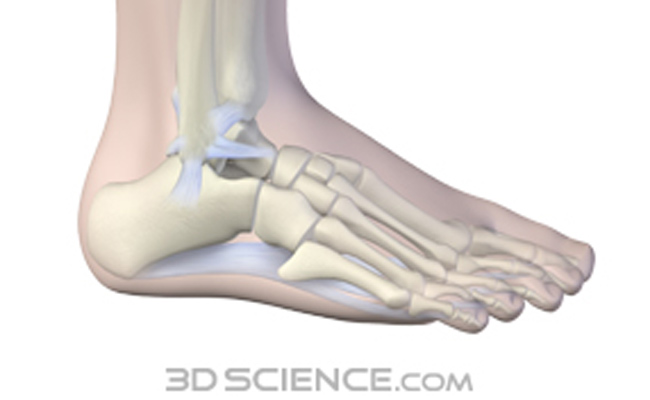3-D Models to Aid in Mending Broken Bones

3-D models could help doctors better put messy bone fractures back together and eventually replace open surgeries with minor, robot-assisted operations.
To properly heal, a broken bone needs to have its jagged parts set and interlocked like pieces in a jigsaw puzzle, but lining up these shards can be difficult.
"In complex breaks, particularly joints, there are often many surfaces to the broken bone," said Sanja Dogramadzi, an engineer from Bristol Robotics Laboratory at the University of the West of England who is working on the project. "Getting these to fit back together accurately is essential for the healing process."
Surgically cutting a patient open is sometimes necessary to expose the break and allow a surgeon to manipulate the bone so it fits together accurately.
To ease these surgeries, researchers seek to combine state of the art of 3-D imaging, pattern recognition and robotics.
CT scans of healthy and fractured joints will be used to work out the mathematical algorithm for the exact displacement and rotation of each bone fragment. Using this information, a 3-D model of the broken bone will be made on software from the United Kingdom-based company Simpleware that lets doctors better see how to mend the bone during surgery.
The 3-D puzzle solution will also be a starting point for creating a surgical robotic system that could enable doctors to perform do less-invasive, "keyhole" surgeries to align busted bones correctly (called a reduction).
Sign up for the Live Science daily newsletter now
Get the world’s most fascinating discoveries delivered straight to your inbox.
"The ultimate aim of our research will be to create a robot which can use the 3-D puzzle model to carry out bone reductions using minimally invasive surgery," Dogramadzi said.
• Sonic Scalpel Aimed at Surgeries of Tomorrow • New Computer Program Predicts Heart Attacks • Bionic Humans: Top 10 Technologies











